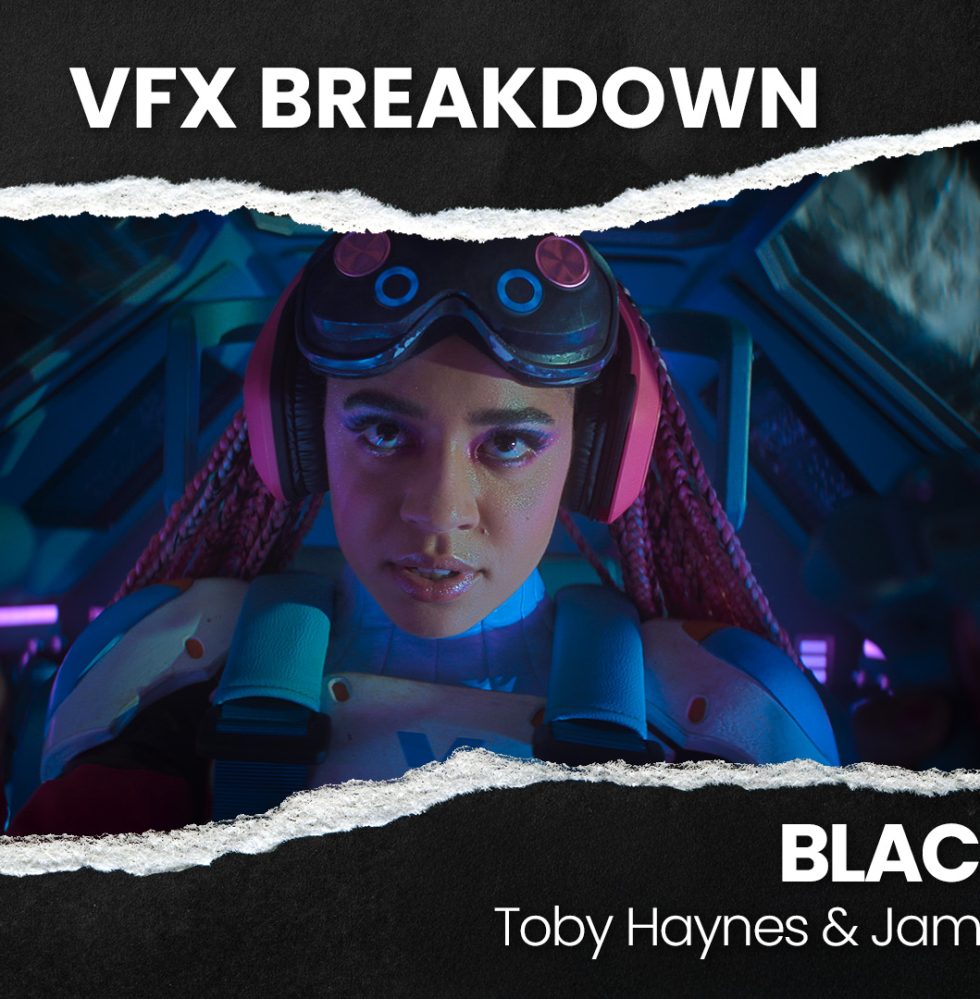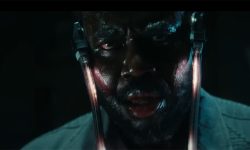
For the team behind “USS Callister: Into Infinity,” Black Mirror‘s sequel to fan-favorite Season 4 episode “USS Callister,” the goal was to push the boundaries of science fiction, bringing something excitingly original to a landscape littered with classic works.
The intention was to create an episode that felt “the same, but different,” says director Toby Haynes — delivering on the level of the original while bringing something new to the table.
“Into Infinity” follows Captain Nanette Cole (Cristin Milioti) and her crew of digital clones as they continue to navigate the perilous universe of video game Infinity. After the downfall of their tyrannical creator, Robert Daly (Jesse Plemons), the crew seeks to gain control of the video game’s Heart of Infinity — a core that powers the digital world, which is key to their efforts to create their own private digital universe and escape the game. However, their mission is put at risk when their lawless interactions with other players come back to bite them.
In conversation with VFX Supervisor James MacLachlan on The Process, Haynes explains that he was contemplating “the greatest set pieces in science fiction cinema” — from the likes of Star Wars films The Empire Strikes Back and Return of the Jedi —while working on the episode. This was certainly the case in prepping a climatic sequence, involving an epic spaceship battle and the destruction of the Heart of Infinity, which the pair dissect.
Of the utmost importance in refining action sequences was finding “a way of ramping up the action so that you’re constantly intensifying and giving yourself room for invention,” says Haynes. Because in the absence of invention, “action, unsurprisingly, can get really boring really quickly.”
In early meetings on the episode, it was clear to MacLachlan how ambitious the vision was. “I remember sitting in the production meetings, going, ‘Jesus, we’re not undercooking this one, are we? We’re setting the bar pretty high,’” the VFX supervisor shares. “I remember you talking about the movement and wanting the ominous nature of the Heart of Infinity to really come through — the structure, the size, the fact that it chopped around like a guillotine, and we had a real sense of peril for all of these guys. So yeah, it was a big old number.”
To figure out how to choreograph a spaceship chase scene, the team broke out “paper aeroplanes,” says Haynes, making an animatic with iPhones. While prepping for the shoot, and during production, Haynes cuts the episode in his mind to stay in line with his vision, while remaining open to the possibility of “happy accidents” on set and can elevate the final product.
Early on in a shoot, Haynes jokes, he often feels he’s in “the wrong career,” on the verge of “a total disaster.”
“But slowly as you do it, the wonderful thing about everybody there on a shared mission is that [the scene] solidifies very quickly,” he says of shooting action. “You get into a pattern, and build that pattern, and I’ve trained my camera crew. By this point, they know what I want. They know that as I’m reaching the end of the journey that I’ve built within that shooting pattern… A lot of it’s about timing, synchronicity, and intensity of performance.”
MacLachlan says that “it was amazing to watch” Haynes at work on set — instrumental in refining his understanding of “the structure” and “visual language” of the piece.
Reflecting back on the episode, and how the climactic Heart of Infinity sequence came together, Haynes says that “everybody was buzzing, and I think that’s what I’m really proud of…We’re standing on the shoulders of giants. There’s so much science fiction out there. It’s very hard to do something original or something that feels a bit different, and I think with the way that the Heart of Infinity worked and the way that it starts to fall apart, there’s a bunch of ideas there that have never been done before.”
Check out the full conversation between Haynes and MacLachlan above.



